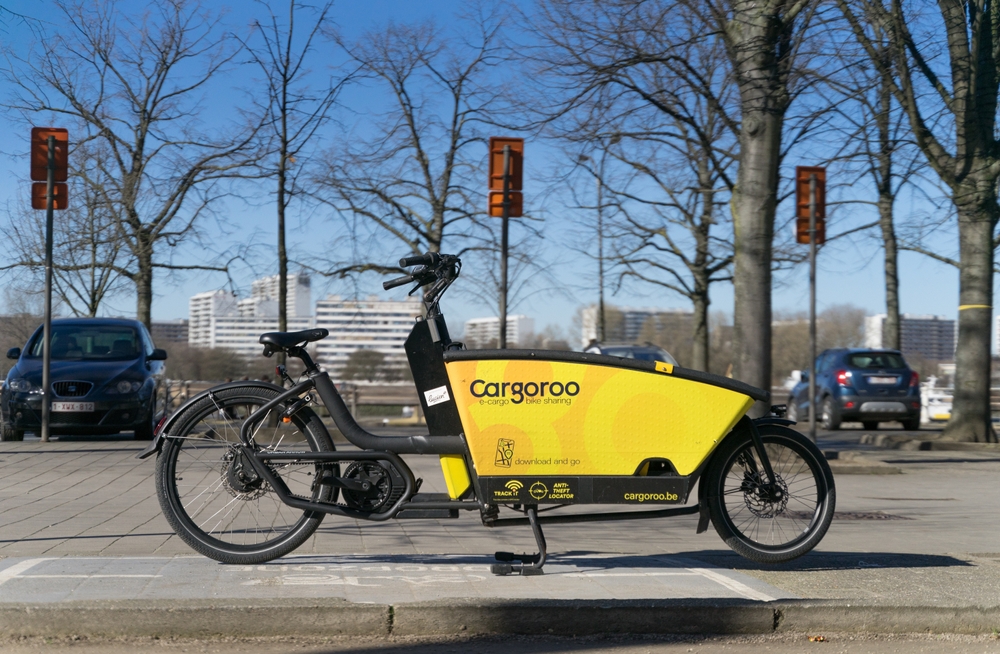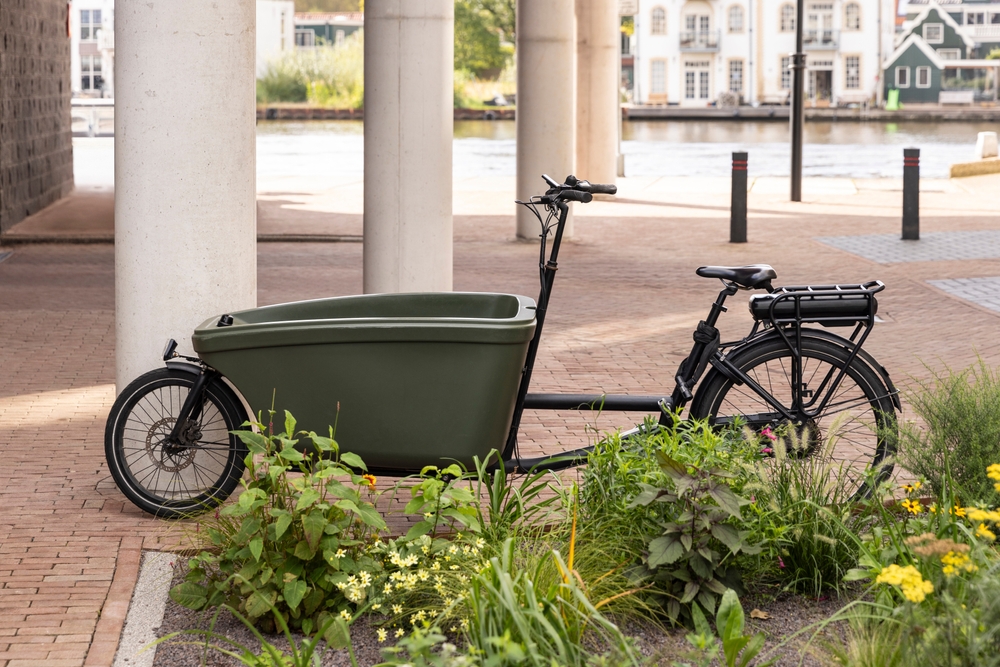Cargo bikes explained: Types, uses, and benefits. Your guide to eco-friendly transport, accessories, and how cargo bikes are transforming urban mobility.
Cargo Bikes: Revolutionizing Urban Transport

Cargo bikes have gained popularity in recent years, and for good reason. These versatile vehicles offer a range of benefits that traditional bikes and cars do not. They come in various designs to suit different needs, whether for personal use, business, or family activities. Let’s dive into the world of cargo bikes and explore their features, types, and benefits.
Types of Cargo Bikes
Cargo bikes come in several different configurations, each with its unique advantages. The three main types are longtail, midtail, and front-loading (also known as bakfiets). Longtail bikes have an extended rear section to accommodate extra cargo or passengers. Midtail bikes are similar but shorter and more compact. Front-loading bikes have a large cargo area in front of the rider, offering more space and stability for a range of loads.
Design and Load Capacity
One of the key factors that set cargo bikes apart is their design and load capacity. Unlike standard bicycles, cargo bikes are engineered to carry heavy loads while maintaining stability and safety. The frame is usually made from sturdy materials like steel or aluminum. Equipped with reinforced wheels and heavy-duty tires, they are built to handle the stress of additional weight. Some models can carry up to 400 pounds, making them suitable for various tasks.
Uses for Cargo Bikes
The uses for cargo bikes are extensive. They are ideal for grocery shopping, school runs, and even commercial deliveries. Many parents use cargo bikes to transport their children, offering a fun and eco-friendly alternative to cars. Businesses utilize them for delivering goods, reducing traffic congestion and lowering carbon footprints. Farmers and artisans benefit from cargo bikes to carry tools, produce, or products to local markets.
Eco-Friendly Transportation
One of the most significant advantages of cargo bikes is their environmental impact. Using a cargo bike reduces the reliance on cars by minimizing fuel consumption and emissions. They contribute to a decrease in urban air pollution and traffic noise. With cities across the globe focusing on green initiatives, cargo bikes represent a sustainable transport solution. Biking also contributes to personal health, reducing the need for gym memberships and promoting a more active lifestyle.
Cargo Bike Accessories
Accessories enhance the functionality of cargo bikes. Common add-ons include weatherproof covers, child seats, and baskets. Some come with electric assist motors, making it easier to pedal with heavy loads or over long distances. You can also find specialized racks, panniers, and custom-built cages for pets. These accessories ensure that cargo bikes can be adapted for various needs, increasing their versatility.
Cargo Bikes in Urban Areas
Urban settings are ideal for the use of cargo bikes. High population density, traffic congestion, and limited parking make cars less practical in cities. Cargo bikes provide a compact and efficient mode of transport. They can navigate narrow streets and take shortcuts unavailable to cars. Cities with extensive bike lane networks make cargo biking even more efficient and safe. Urban planners are increasingly integrating bike-friendly infrastructure, recognizing the value of cargo bikes in reducing traffic and pollution.
Electric Cargo Bikes
Electric cargo bikes, or e-cargo bikes, add another layer of practicality. They come equipped with an electric motor that assists the rider. This can be particularly useful when dealing with heavy loads or hilly terrain. E-cargo bikes extend the range of traditional cargo bikes, allowing for longer commutes and more substantial deliveries. The motor can often be adjusted for varying levels of assistance, providing flexibility in different riding conditions. They represent a growing segment in the cargo bike market, combining convenience with sustainability.
Cost and Maintenance
The cost of cargo bikes can vary widely. Entry-level models might start at a few hundred dollars, with high-end electric versions running into the thousands. The initial investment can seem high, but the long-term savings in fuel, parking, and vehicle maintenance can offset the cost. Regular maintenance of a cargo bike is comparable to that of a standard bicycle, involving checks on brakes, tires, and the drivetrain. However, keeping an eye on load-bearing parts and using high-quality components can extend the lifespan of the bike.
Choosing the Right Cargo Bike
Choosing the right cargo bike depends on individual needs. Consider the primary use: transporting kids, delivering goods, or hauling groceries. Budget and storage space are also critical factors. Test riding different models can help determine what feels most comfortable and practical. Consulting with experienced riders or specialists can provide valuable insights. Assessing the bike’s load capacity, wheel size, and frame material can ensure the chosen bike meets the demands placed on it.
Safety Considerations
Safety is paramount when using a cargo bike. Always wear a helmet and make sure your cargo is securely fastened. Reflective gear and proper lighting are essential, especially for nighttime riding. Being mindful of the bike’s width and length helps in navigating through traffic safely. Regularly checking brakes and tires ensures the bike remains in good condition. For those carrying children, secure and comfortable seating is vital. Teaching kids proper riding etiquette can further enhance safety for everyone.
Legal Aspects
Legal regulations for cargo bikes vary by location. Some areas have specific laws regarding bike lanes, helmet use, and child passengers. Familiarize yourself with local regulations to ensure compliance. In some cities, a special permit might be required for commercial use. Understanding traffic rules and cyclist rights can prevent fines and accidents. It’s also beneficial to stay informed about any upcoming changes in local biking laws.
Cultural Impact
Cargo bikes have a growing cultural impact. They symbolize a shift towards sustainable living and urban mobility. By encouraging community interactions and reducing reliance on cars, they transform urban spaces. In many European cities, cargo bikes are a familiar sight, integrated into the daily routine. Their popularity is spreading globally, fostering a culture of eco-friendly transport and active living. Community cargo bike programs and events further promote their use and acceptance.
Business and Cargo Bikes
Businesses are increasingly recognizing the benefits of cargo bikes. They offer a cost-effective delivery option and boost brand image by showcasing a commitment to sustainability. Cargo bikes can access areas closed to motor vehicles, improving delivery efficiency. For small businesses, they reduce the need for large delivery vehicles and associated costs. In the food industry, cargo bikes enable quick and fresh deliveries, enhancing customer satisfaction. They also offer marketing opportunities, with bikes being custom-branded for visibility.
Innovations and Future Trends
Innovations in the cargo bike industry continue to emerge. Advances in electric motor technology, battery life, and material science are making cargo bikes more durable and efficient. Modular designs allow for customization to specific needs. Integration with modern technology, like GPS and app connectivity, enhances functionality. The future of cargo bikes looks promising as urban areas prioritize green transport solutions. Collaborative efforts among manufacturers, city planners, and the community are driving these innovations forward.
Real-Life Examples
In cities like Copenhagen and Amsterdam, cargo bikes are an integral part of daily life. Parents transport children to school, businesses make local deliveries, and residents do their shopping. In the US, Portland is becoming a hub for cargo bike culture, with dedicated infrastructure and community support. Many entrepreneurs are choosing cargo bikes to start businesses, from mobile cafes to urban farming. These real-life examples demonstrate the practicality and versatility of cargo bikes in diverse settings.
Cargo bikes represent a shift towards sustainable and practical transportation solutions. Their growing popularity and adoption highlight their importance in shaping future urban mobility and eco-friendly living.

